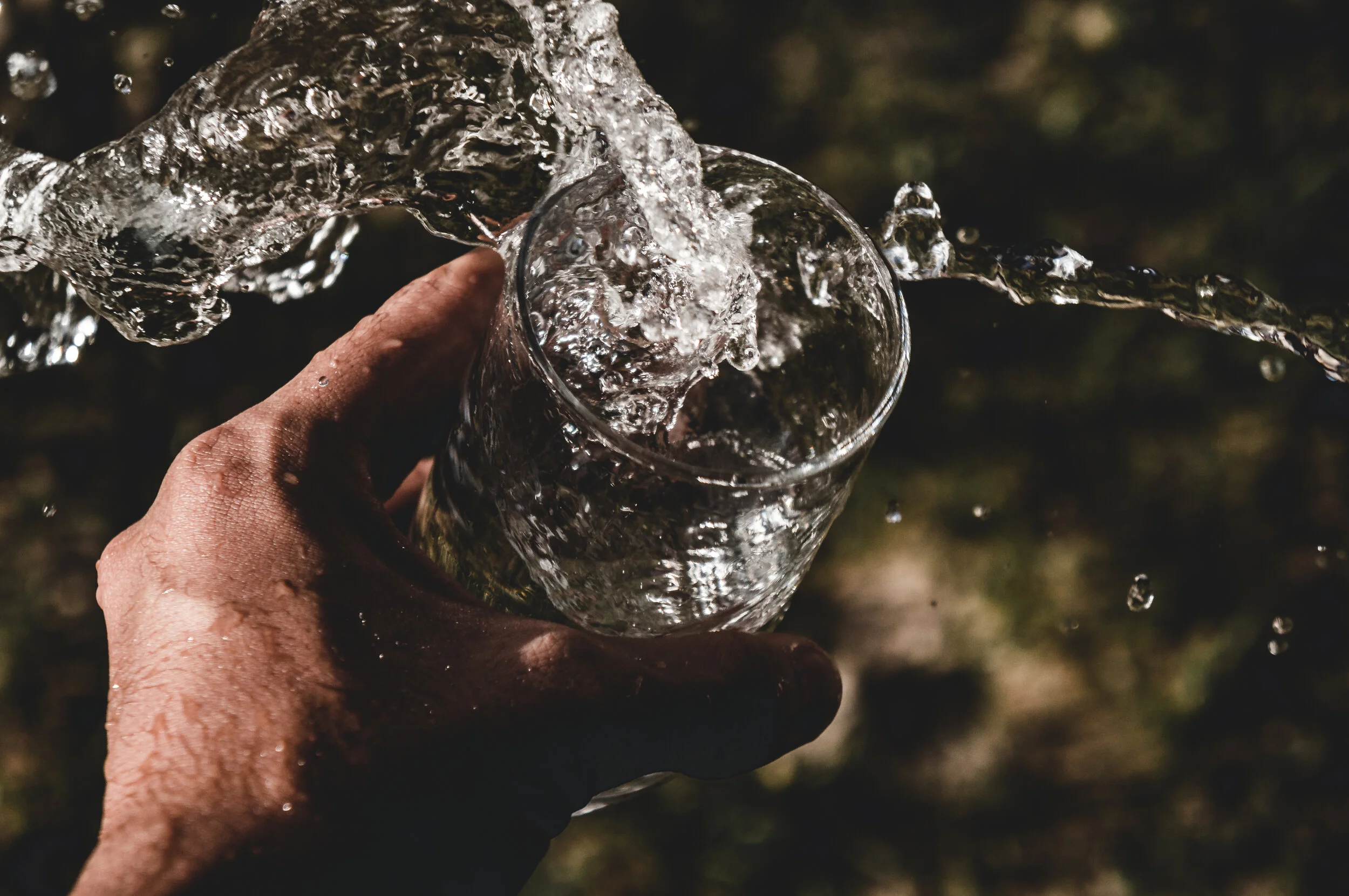Avoid Heat Injuries This Summer with These Simple Measures
As the weather warms, heat injuries can become an increasingly difficult problem to overcome for those who work outdoors or enjoy outdoor sports and activities.
Heat injuries can occur as early as March in some parts of the country, depending on local weather patterns and seasonal temperatures. Despite lower temperatures and (generally) greater cloud cover during the season, spring months account for the majority of heat injuries seen at workplaces and recreational facilities nationwide.
The good news is that heat injuries can be completely avoided with planning and awareness of risks, but require constant vigilance to mitigate.
Here are some of the most important and impactful ways to help aid the body in heat mitigation and dissipation.
Hydrate Constantly
Hydration is by far the most influential factor in heat mitigation practices. With sufficient hydration, it can be challenging for the body to overheat thanks to the natural heat dispersion abilities present in almost every human.
With enough water in the body, blood can pump faster and stronger, moving internal heat towards the skin and allowing it to be released to the air. Plus, a fully hydrated individual can sweat more, allowing them to release heat at full capacity and cool the body through evaporation.
When you become dehydrated, your body loses the ability to dispel heat through evaporating water and cannot pump blood to your skin as effectively, causing you to keep heat internal and potentially lead to heat injuries. Drinking water frequently in outdoor conditions is a must but, if possible, you should also look to drink mixes and products packed with electrolytes to avoid fatigue and replace nutrients lost through sweat.
You can always find a shaded place to relax at Laurel Fork Rustic Retreat
Staying Out of the Sun
Standing in the sun can make the air around you feel up to 15 or 20 degrees hotter than it truly is thanks to the effects of solar radiation on your skin. By spending as much time as possible in the shade, your body does not have to work as hard to dissipate heat, leading to both increased long-term hydration and faster cooldown times.
In environments without trees or buildings to provide shade, look for vehicles or other artificial sources of shade to provide an area of respite. A shadeless work environment is significantly more dangerous than one with at least a standalone sunshade somewhere on-site.
Wearing the Right Clothing
One critical mistake many people make is assuming that shorter sleeves are better for mitigating heat. While short sleeves do provide better ventilation than long sleeves, they do not protect your skin against sunlight. On a sunny day, this means that shorts and t-shirts can end up being worse for heat dissipation than long-sleeved garments.
Ideally, you should wear loose-fitting pants, a lightweight long-sleeve shirt that is a size or two larger than what you would typically wear, and a large sun-shading hat to keep your body heat to a minimum while outdoors. However, it is important to note that on hot days with cloud cover or in a shaded environment, shorter sleeves may be a more viable option.
Above all, try to use common sense when making decisions outdoors. Bring more water than you need, take breaks when you need them, and do everything in your power to avoid heat injuries. If you notice signs of a heat injury such as cramping, dizziness/lightheadedness, or sudden fatigue, you should immediately stop what you are doing, find a shady (and preferably air-conditioned) spot, and drink fluids to prevent the problem from progressing any further.








Soak up summer — without the crowds.